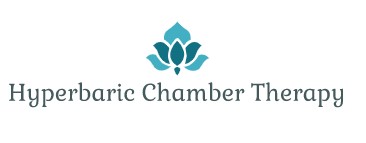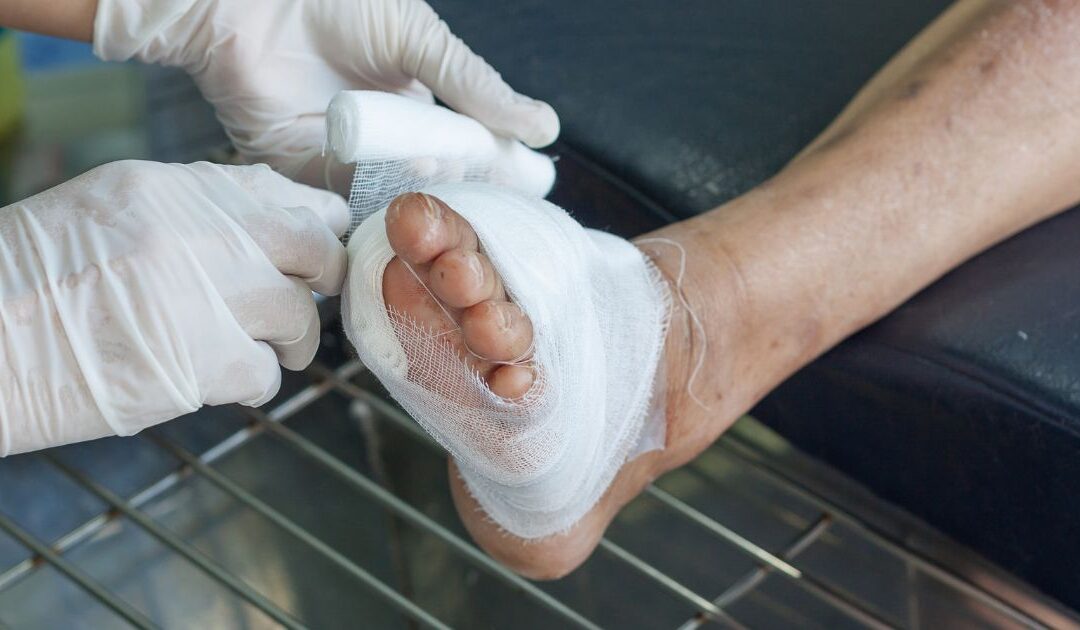Introduction
Diabetic foot ulcers are one of the most common complications of diabetes, affecting millions of people worldwide. These slow-healing wounds can lead to severe infections, reduced mobility, and even amputations if left untreated. Traditional wound care often struggles to manage diabetic foot ulcers effectively. However, Hyperbaric Oxygen Therapy (HBOT) is emerging as a revolutionary treatment for diabetic foot ulcers, offering improved healing rates and reducing the risk of severe complications.
This comprehensive guide explains how HBOT works, its benefits for diabetes wound care, and why it’s becoming a game-changing treatment for diabetic foot ulcers.
What Are Diabetic Foot Ulcers?
Diabetic foot ulcers are open sores or wounds that commonly develop on the feet of people with diabetes. They typically result from:
- Poor Circulation: High blood sugar levels can damage blood vessels, reducing blood flow to the feet.
- Nerve Damage: Diabetic neuropathy can cause a loss of sensation, making it harder to notice injuries or blisters.
- Infections: High glucose levels create an environment for bacteria, increasing the risk of wound infection.
These factors make diabetic foot ulcers challenging to treat, often leading to prolonged healing times or worsening complications.
How Hyperbaric Oxygen Therapy Works for Diabetic Foot Ulcers
Hyperbaric Oxygen Therapy (HBOT) involves breathing 100% oxygen in a pressurized chamber. The pressurized environment allows oxygen to dissolve more efficiently into the bloodstream, reaching tissues that are deprived of oxygen due to poor circulation.
The Process of HBOT:
- Increased Oxygen Delivery: HBOT saturates the blood with oxygen, promoting tissue repair and cellular regeneration.
- Enhanced Immune Function: The oxygen boost strengthens white blood cells, improving the body’s ability to fight infections.
- Reduced Inflammation: HBOT decreases swelling, helping wounds heal faster.
- Stimulated Blood Vessel Growth: HBOT promotes angiogenesis, or the growth of new blood vessels, ensuring better blood flow to the affected area.
Benefits of HBOT for Diabetic Foot Ulcers
1. Accelerated Wound Healing
Diabetic foot ulcers are notorious for slow healing. HBOT speeds up the process by delivering high levels of oxygen to tissues, allowing them to repair more effectively.
2. Reduced Risk of Amputation
HBOT can significantly lower the risk of amputation by improving circulation, fighting infection, and promoting tissue recovery. For patients with severe ulcers, this can be life-changing.
3. Improved Infection Control
HBOT creates an oxygen-rich environment that inhibits the growth of anaerobic bacteria, reducing the chances of severe infections.
4. Pain Reduction
By reducing inflammation and swelling, HBOT helps alleviate the pain associated with diabetic foot ulcers.
5. Minimized Scarring
Enhanced collagen production during HBOT promotes smoother skin healing, reducing visible scarring.
Who Is a Good Candidate for HBOT?
While HBOT is effective, not everyone with a diabetic foot ulcer will require it. Candidates typically include:
- Patients with non-healing ulcers that haven’t responded to traditional treatments.
- Individuals at risk of infection-related complications.
- Patients with ulcers are accompanied by poor blood circulation.
A medical consultation is essential to determine whether HBOT is the right option for you.
The HBOT Process for Diabetic Foot Ulcers
1. Initial Assessment
Your healthcare provider will assess the severity of your ulcer, review your medical history, and determine if HBOT is a suitable treatment.
2. Treatment Sessions
- Each HBOT session lasts approximately 60–90 minutes.
- Most patients require 20–40 sessions, depending on the severity of the ulcer and the rate of healing.
3. The Chamber
You’ll relax in a pressurized chamber while breathing pure oxygen. This environment increases oxygen absorption and kickstarts the healing process.
Combining HBOT with Traditional Wound Care
HBOT is most effective when combined with standard wound care practices, such as:
- Debridement: Removing dead tissue to promote healing.
- Infection Management: Using antibiotics when necessary.
- Proper Footwear: Protecting the ulcer from further pressure or injury.
Together, these treatments create an optimal environment for the wound to heal.
Success Stories: Real Results with HBOT
Many patients with diabetic foot ulcers have experienced remarkable results with HBOT:
- Case 1: A 55-year-old man with a non-healing ulcer avoided amputation after completing 30 HBOT sessions. His wound healed completely within three months.
- Case 2: A 62-year-old woman with a severe infection showed significant improvement after 20 sessions, with reduced swelling and pain.
These examples highlight the transformative impact of HBOT for diabetic foot ulcers.
Potential Side Effects of HBOT
While HBOT is generally safe, some patients may experience mild side effects, including:
- Temporary ear discomfort due to pressure changes.
- Fatigue after sessions.
- Rarely, temporary vision changes.
These side effects are typically short-lived and resolve quickly.
Frequently Asked Questions About HBOT for Diabetic Foot Ulcers
1. Is HBOT covered by insurance?
Yes, most insurance providers cover HBOT for diabetic foot ulcers, as it is an FDA-approved treatment for this condition.
2. How soon will I see results?
Many patients notice improvements after 10–15 sessions, though complete healing may require more treatments.
3. Can HBOT prevent future ulcers?
While HBOT helps heal existing ulcers, managing diabetes and maintaining proper foot care are crucial for preventing future wounds.
Preventing Diabetic Foot Ulcers After HBOT
To reduce the risk of recurrence after successful HBOT treatment, patients should:
- Control blood sugar levels.
- Inspect feet daily for signs of injury or infection.
- Wear protective footwear to minimize pressure and friction.
- Keep feet clean and moisturized.
Why Choose Hyperbaric Chamber Therapy in Las Vegas?
Hyperbaric Chamber Therapy in Las Vegas offers state-of-the-art facilities and personalized care for patients with diabetic foot ulcers. Our experienced team works closely with you to create a tailored treatment plan that ensures optimal healing and long-term results.
Conclusion
Diabetic foot ulcers no longer have to mean prolonged suffering or the looming threat of amputation. With Hyperbaric Oxygen Therapy, patients can achieve faster recovery, reduced complications, and improved quality of life. If you’re struggling with a diabetic foot ulcer and want to explore how HBOT can help, contact Hyperbaric Chamber Therapy in Las Vegas today. Take the first step toward faster healing and a healthier future.

